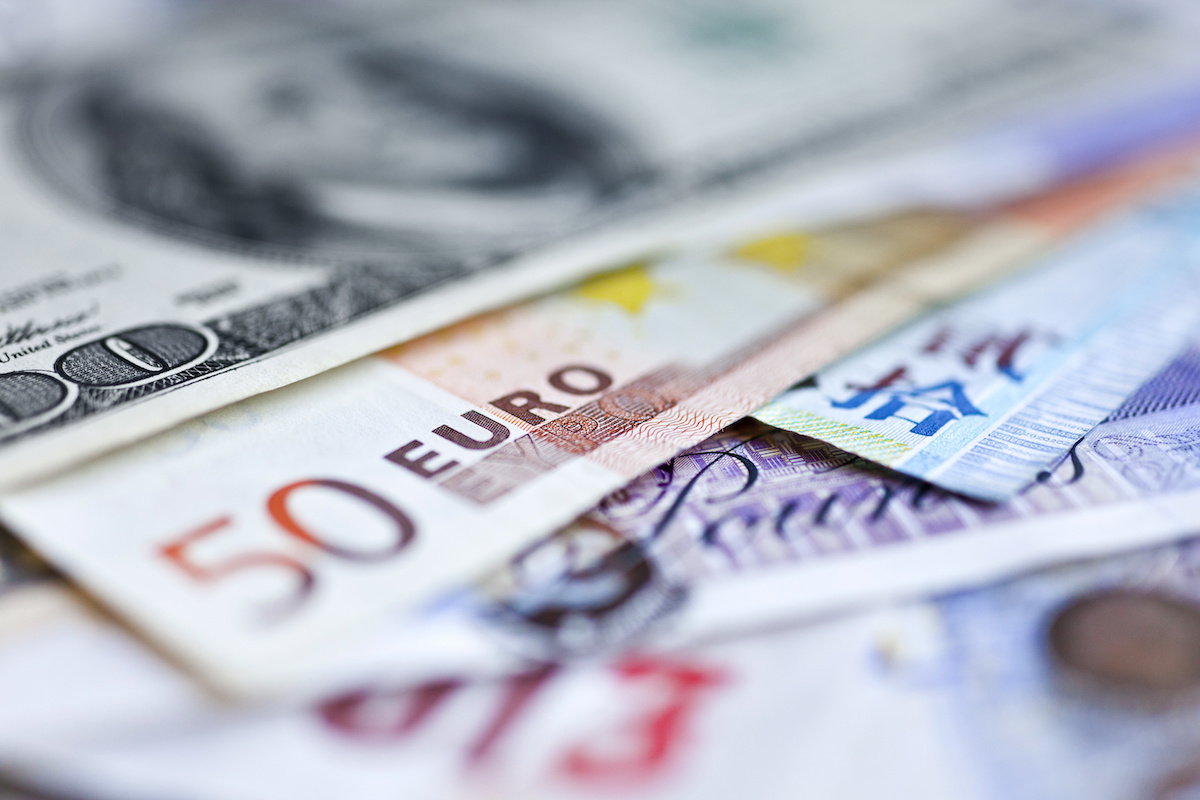This week, World Bank president David Malpass announced that the World Bank Group would be able to deploy “as much as $150 billion over the next 15 months” to help its client countries deal with the health and economic effects of the coronavirus pandemic. This was an encouraging announcement and one we hope will kick start a G20 commitment to maximize crisis financing through the multilateral development banks (MDBs). It’s not easy to say exactly what maximization will look like. As with the global financial crisis in 2008, the banks will need to relax their prudential lending standards, which impose limits on annual lending in order to preserve their AAA credit ratings and minimize their cost of borrowing. During the global financial crisis, these institutions demonstrated some willingness to do this with the support of their country shareholders. None of the MDBs ran into any difficulty meeting their obligations as a result of easing these prudential constraints, either during that period or after.
The good news is that MDBs are in a better financial position today than they were in 2008, especially with recapitalization exercises recently completed at the World Bank and African Development Bank. And the MDB system as a whole has made significant updates to their financial models over the past decade that make them better prepared to provide surge financing in the event of a crisis.
But in retrospect, the scale up in MDB financing during the 2008-2010 period, though significant, now looks conservative as crisis response as we consider the potential scale of damage from the current COVID-19 pandemic. To put the question bluntly, if the human and economic devastation follows a worst-case scenario, just how much could the MDBs do to respond? We attempt to answer that question by assessing the legal, rather than prudential, constraints on MDB lending. MDB charters establish a statutory limit on lending, typically expressed as the amount of exposure relative to total capital and reserves. For the World Bank, this is expressed as a “gearing ratio” of 1:1—total exposure cannot exceed total capital, surplus and reserves. The rest of the MDB system has similar statutory formulas.
The MDB System's Estimated Surge Capacity
| Current Exposures* | Estimated Additional Total Headroom | |
|---|---|---|
| IBRD | 196 | 113 |
| IDA | 155 | 50 |
| AsDB | 108 | 85 |
| IDB | 93 | 99 |
| AfDB* | 28 | 184 |
| Total | 580 | 531 |
CGD estimates based on MDB’s latest financial statements.
*AfDB estimates are predicated on the latest General Capital Increase becoming effective.
Assessing these statutory limits across the major MDBs, including IDA, yields an estimate of “surge” capacity of over $500 billion compared to current MDB exposures, or a near doubling of current aggregate exposures. All told, the MDBs have legal authority to lend in excess of $1 trillion. Recognizing existing exposures, the key driver of $531 billion in surge capacity is a willingness to recognize the underlying value of an MDB shareholder backstop in the form of “callable” capital. Callable capital represents a commitment on the part of shareholders to pay in additional capital if the banks are unable to meet their obligations to bondholders.
As a matter of normal practice, MDBs do not “count” callable capital in their prudential frameworks. But in a moment of unprecedented global crisis, recognizing the backstop value of this capital makes sense. At the World Bank, this callable capital represents 94 percent of total subscribed capital. At the other MDBs, it is a smaller though still the predominate share of subscribed capital.
IDA is the one exception since it does not have callable capital and only recently started going to the market to finance a fraction of its lending program. But its funds are “replenished” every three years by donor countries which serves as an explicit backstop of donor willingness to shore up the organization’s finances on a regular basis. IDA’s charter also does not establish a legal limit so we rely on its “deployable strategic capital” model to assess its headroom. Our estimates are based on IDA’s current and planned resources from donors and does not assume a further increase in donor contributions to address the crisis.
Acknowledging that MDBs could lend a great deal more right now due to the value of callable capital might suggest that this capital would be one step closer to being called, something that could set off alarm bells in shareholder countries. That remains highly unlikely. Again, callable capital is only employed to address an inability of MDBs to meet their own obligations. The callable capital commitment is equivalent to an insurance policy. Affirming that the commitment exists and binds shareholders is not the same as predicting that it will be exercised. Callable capital would be required only if there were an unprecedented wave of defaults, which MDB borrowers will go to great lengths to avoid in order to preserve access to MDB loans, particularly in the midst of a crisis. And while the economic effects of the current crisis are shaping up to be potentially worse than 2008, it’s important to recognize that there were no country defaults on MDB loans at the time.
A call on capital could also be a function of a sharp rise in MDB cost of borrowing. If MDBs collectively sought to move to their maximum statutory exposure limits, sentiment in bond markets might shift away from viewing MDB debt as a safe asset, especially at a time when investors are even fleeing from traditionally safe assets. But, in practice, this hasn’t been the case, even in times of stress like the global financial crisis. Markets assess MDB debt according to the shareholders that underpin it, particularly the large economy shareholders like the United States, China, Japan, and Europe. And for these economies right now, bond yields remain extremely low. More generally, even if MDBs opt to take these exceptional measures, the underlying fundamentals of their balance sheets remain strong. For instance, if the IBRD stretched its lending to its legal limit, we estimate that their equity-to-loan ratio would fall to around 14 percent. Though far off from the 22-23 percent they currently stand at, it would still represent a robust financial position compared to commercial lenders.
The MDBs and their shareholders will have to make critical decisions in the months ahead about how best to support developing economies and the global economy alike. Recognizing the value of callable capital commitments as a means to maximize surge capacity has long represented a “break the glass” moment. We may very well be facing that moment.
Disclaimer
CGD blog posts reflect the views of the authors, drawing on prior research and experience in their areas of expertise. CGD is a nonpartisan, independent organization and does not take institutional positions.







